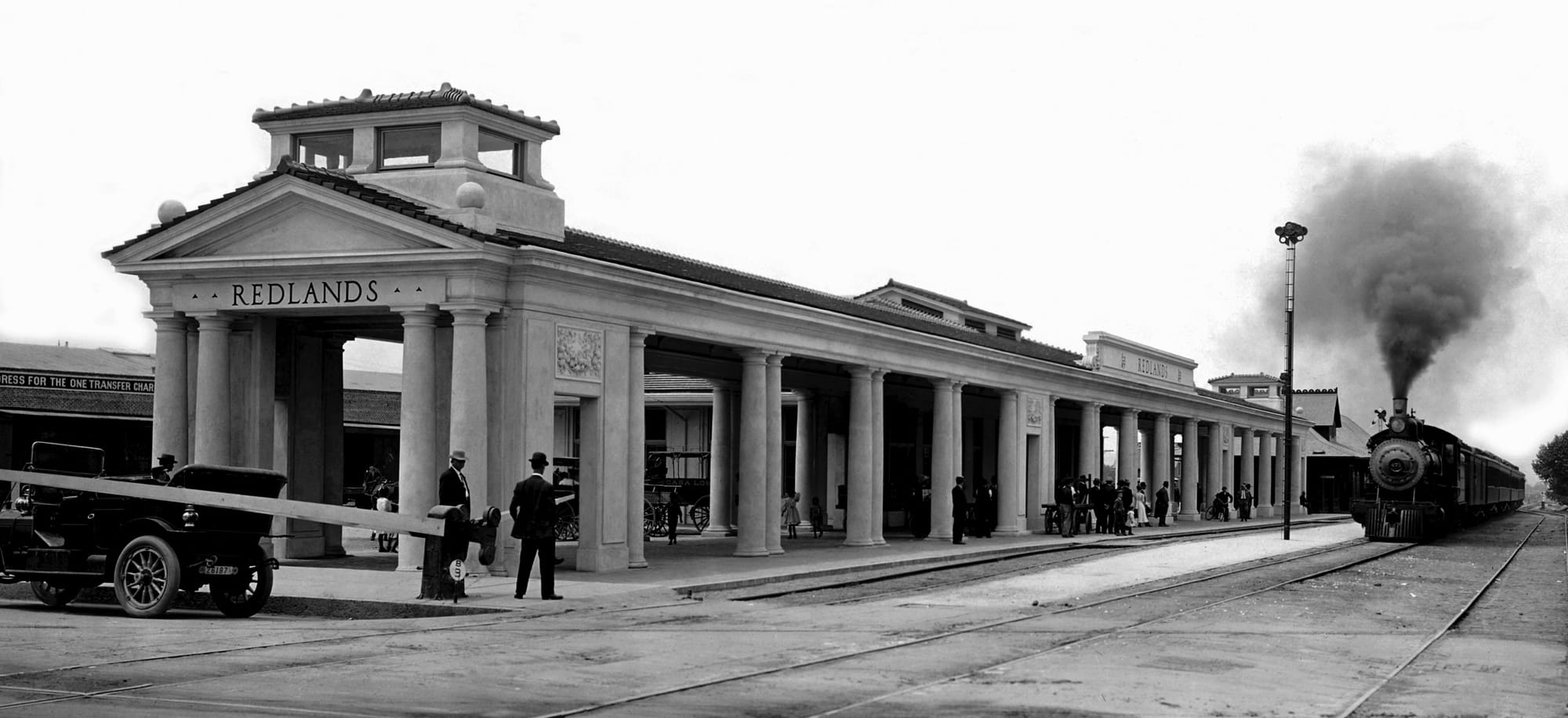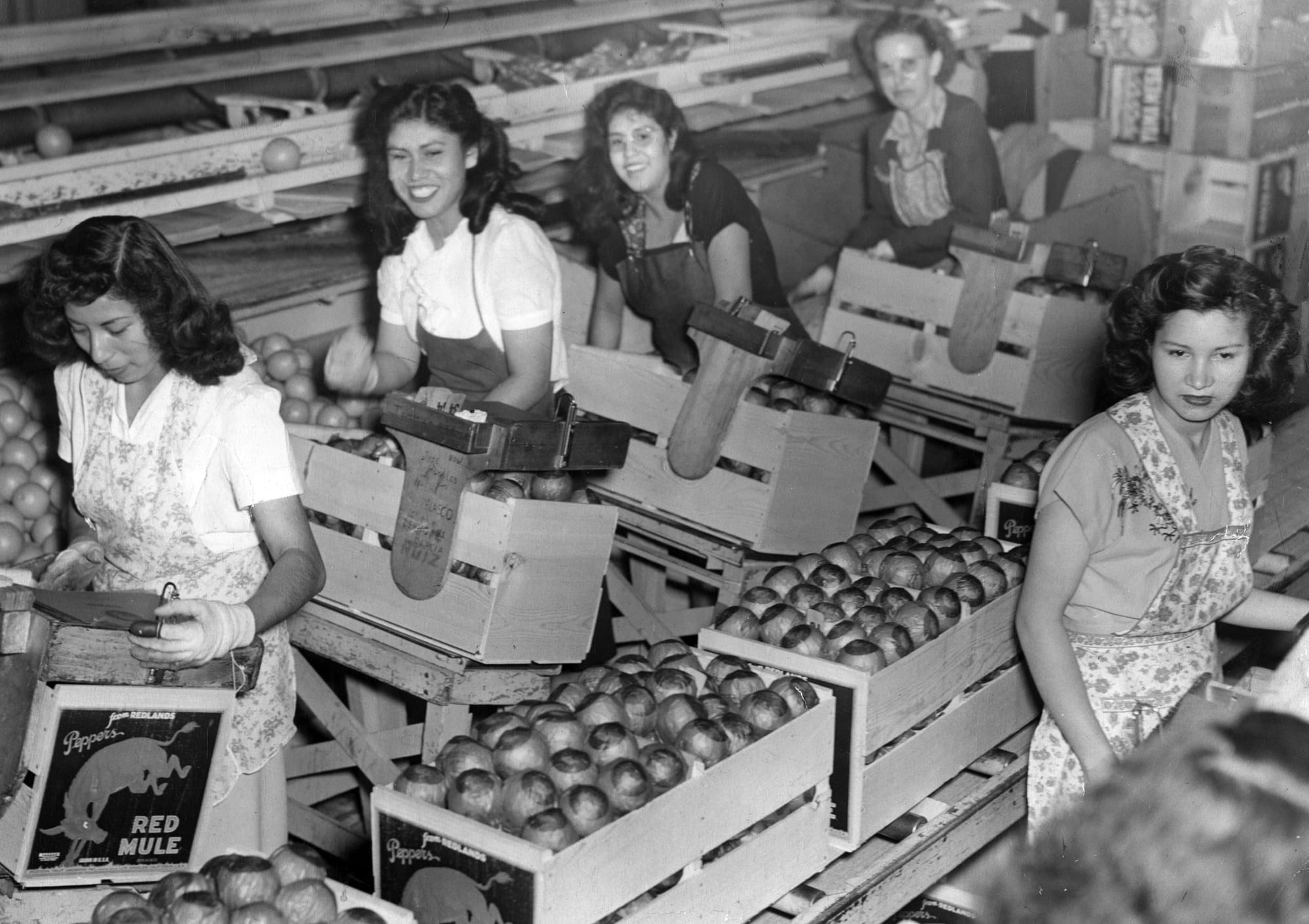RUSD book removals, city commission openings and DUI patrols
Redlands News Weekly: December 12, 2025
Oct. 16: A.K. Smiley Library archivist to share stories of early residents, including first female physician and former slave who shaped the city

By: JULIE FARREN
Redlands history is filled with a rich array of people and historic homes and buildings that have made the town so unique since being founded in 1881.
Nathan Gonzales, archivist at the A.K. Smiley Library and curator of the Lincoln Memorial Shrine in Redlands, will talk about the city during “An Introduction to Redlands History” on Wednesday, Oct. 16, from 1 to 2 p.m. at the Flores Community Center, 111 W. Lugonia Ave.
The presentation is free.
Gonzales has lived in Redlands since 1999 and is very knowledgeable about the city that was incorporated in 1888.
Edward Judson and Frank Brown developed the land they called Red Lands Colony, which was renamed Redlands.
Gonzales said the land was owned by the Serrano and Cahuilla Indians before Judson and Brown founded the town well known for historic houses such as the Burrage Mansion, Morey Mansion and the A.K. Smiley Library, named for brothers Alfred and Albert Smiley.

One of the residents he will talk about is Ellen Brown Seymour, who was the first physician in Redlands in the early 1880s. She also ran the Prospect House Hotel until it was sold to Thomas England, who developed the land into Prospect Park.
Israel Beal, who was born into slavery in the 1840s, came out to Redlands in the 1870s and graded the land that was to become the University of Redlands. He helped J.D.B. Stillman with the planting of grapes in that area of Colton Avenue now featuring the U of R.
Beal also helped move existing houses to other areas of town. “I guess it was cheaper to buy an existing structure,” Gonzales said.
One such structure was the University of Redlands Alumni House, which sat where the Hall of Letters is now. The house was cut in half and moved to its current site, next to the Administration Building.
The Alumni House was the living space for the university presidents until the 1980s. President Douglas Moore was the last university president to live there. It now serves as the Alumni House.

Gonzales said he is asked a lot of questions about the city, and one question is very interesting to history enthusiasts.
“One of my favorite questions is 'How come the intersection at Citrus Avenue is so weird?',” said Gonzales.
That intersection involves Citrus Avenue and Olive Avenue. Another quirky intersection is called the Town Triangle, which involves Citrus, Orange Street and Cajon.
Gonzales said that every community benefits from the people who contributed to the town before we lived there and the different people and their backgrounds that have shaped the community.
Registration for the event is free. The phone number is 909 798-7579.
Sign up for our weekly newsletter